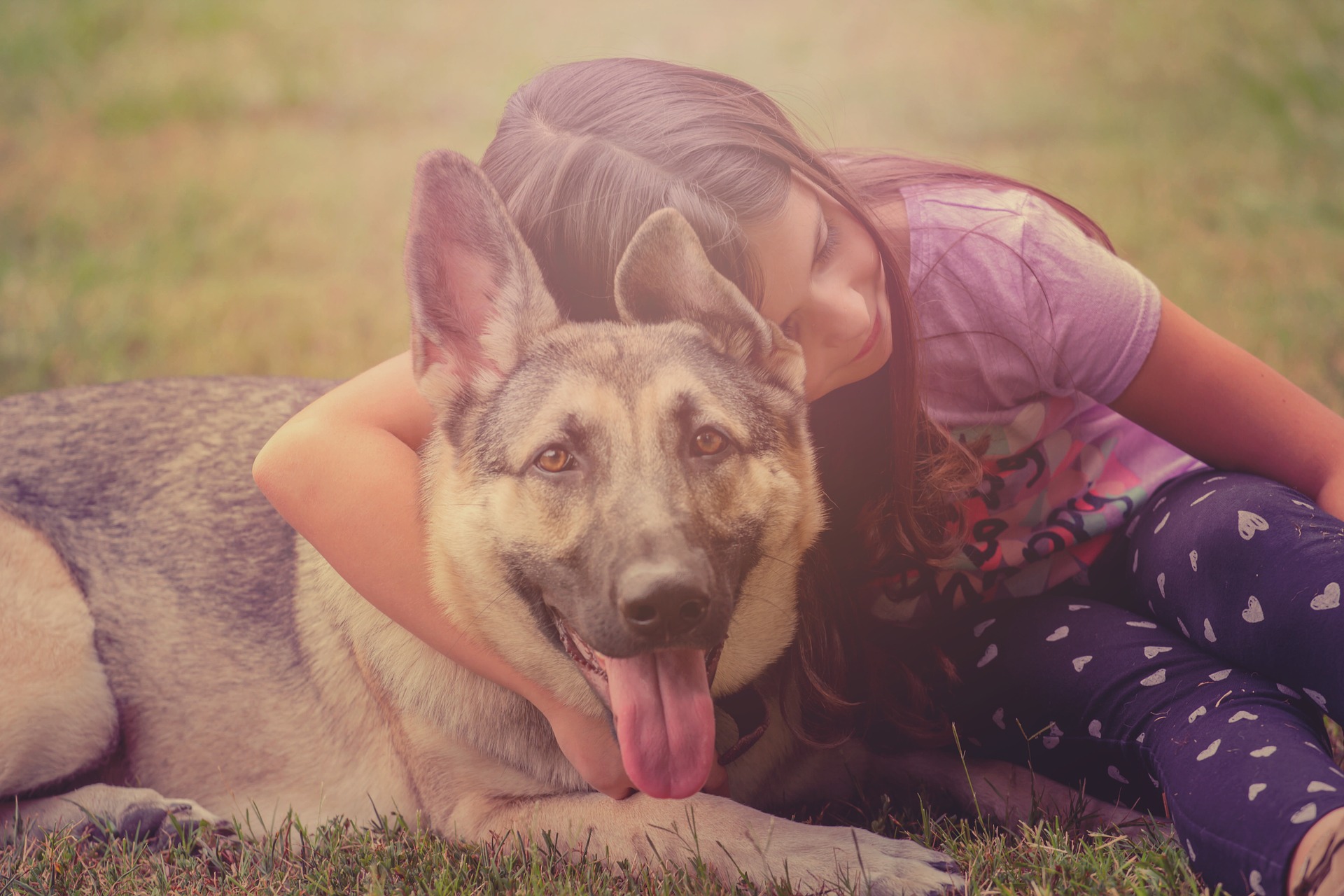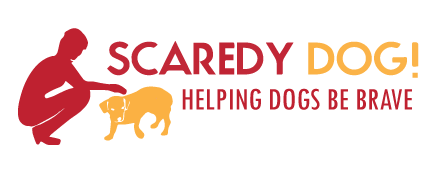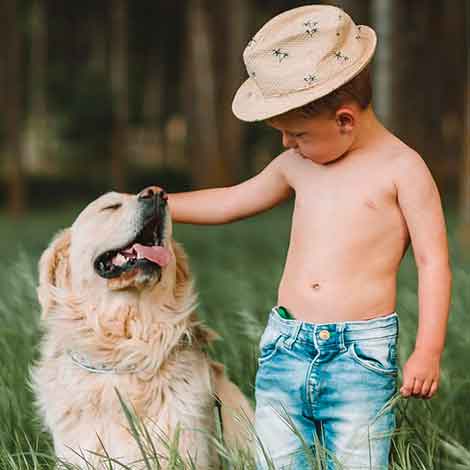Teaching Children How to Safely Interact with Dogs

Have children? Make sure you teach them these rules:
Rule #1:
Children are scary! Lots of dogs don’t like children because they weren’t raised around children and don’t know what to expect. Children are loud and high-pitched, move suddenly and erratically, and sometimes do things dogs would never expect from an adult. Give dogs space if you don’t know how the dog will react.
Ask first:
Never let your child approach a dog you don’t know unless you ask the dog’s owner first. Not all dogs are friendly! Also remember that even if the owner says your child can pet the dog, the dog has to be willing too. Don’t pet a dog if he doesn’t want to be pet.
Always respect the dog:
Please don’t let your children hug, sit on, or tease a dog. Don’t let them pull on ears or their tail. If the dog turns his head or walks away, don’t let your children follow or chase him – he wants to be left alone. If you don’t listen to what the dog tells you, he may bite.
Keep them calm:
If your child gets excited and starts playing loudly, they might scare the dog. Even if a dog isn’t afraid, they may still play-bite or jump if they get too excited.
Know the dog’s stress signals:
If your child hugs a dog and he turns his head away, looks at your child from the corner of his eye, or starts licking his lips, he doesn’t like hugs. Most dogs don’t. The most common cause of children getting bitten by a dog is the child hugging him. It’s also worth mentioning that the most common place children get bit is in the face! Be very careful with the dogs you let your children play with and don’t leave them unattended.
These rules apply to your dog too!
Often when kids get bit by the family dog, the parents say it was ‘unprovoked’. This is very rarely the case. Dogs speak all the time – you just have to know how to listen. Please teach your children to respect their dogs too. Just because the child pulls on the dog’s ears all the time doesn’t mean the dog likes it, and one day he may get fed up and snap. Don’t let these scenarios escalate to this point; please teach your children to respect dogs.
Do you want to keep up with our training guides?
For more helpful tips on handling your scaredy dog, please take a look at our Training Guides. We also have our FAQ page and you can also find Scaredy Dog on Facebook.




